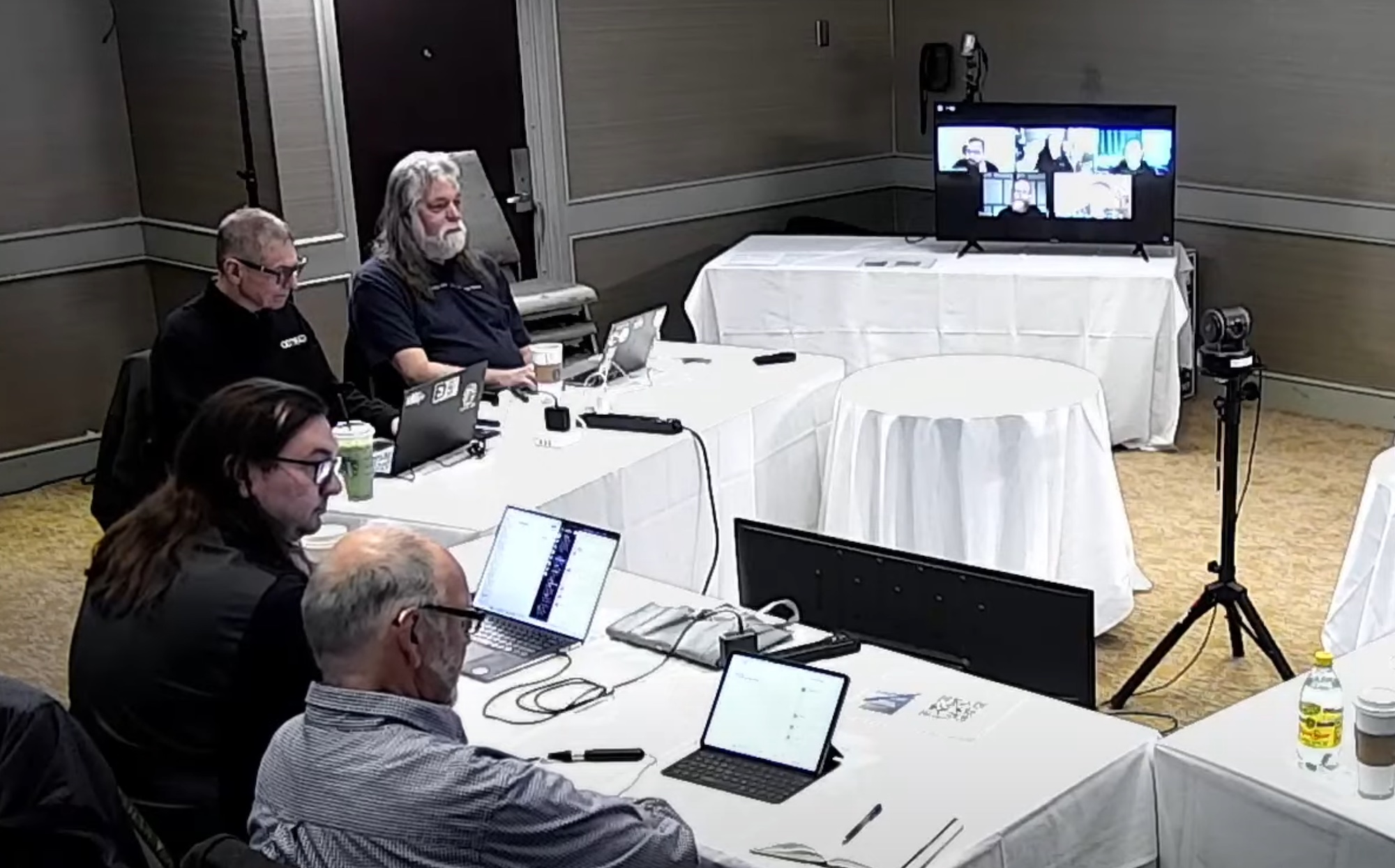Today HP will announce two new storage arrays. Although taken from different product families, the hardware will be branded in a consistent manner, demonstrating HPs desire to bring together a range of storage technologies they’ve purchased over the last few years.
P2000 G3 MSA (Modular Smart Array) System
I’ve not been a particular fan of the MSA devices, as I’ve worked mainly in large organisations where scalability isn’t delivered by point solutions. However for SMEs, the new P2000 MSA seems to offer a lot of features for a small price point. The new device provides 8Gb Fibre Channel, 1Gb iSCSI, up to 64 snapshots plus the option to replicate to another similar P2000 array. Both 2.5″ and 3.5″ drives are supported, by Small Form Factor and Large Form Factor models respectively. Arrays can scale up to 57.6TB with SAS drives and 192TB with SATA.
Surely I could replace my existing storage arrays with this kind of scalability I hear you say! Well yes and no; low cost may appear to mean high value, however it depends on whether this kind of array provides the specific features you require. Whilst the P2000 offers hardware RAID, and component redundancy, the additional features of the P4000 may be more appropriate. features you care about, for example, component redundancy, RAID, automated drive sparing, multi-pathing and so on. If these options aren’t high on your list, then the P2000 could be for you.
P4000 G2 SAN Solutions
The P4000 devices are rebranded LeftHand networks hardware, technology acquired by HP in October 2008. Probably the most interesting feature of this release is something called Network RAID. Rather than offer simply RAID within the controller, multiple controllers can be connected together and offer continuous access in the event of a single device loss. While this isn’t a new feature, the difference in this release is a move on from simply offering RAID-1 protection to another device to providing RAID-5 availability. This means if you’ve planned a sensible configuration, loss of a single array wouldn’t be an issue. However you’ll need to purchase 5 arrays to get you started.
Clearly the P4000 is a step up from the P2000 MSA array, by offering RAID protection and component redundancy. You get what you pay for in this world, so the P4000 comes in at a higher price point than the MSA device.
It’s good to see some standardisation of the technology HP have acquired over recent years. Key to this though, is the ability to offer consistent management and where possible keep terminology consistent too. For those customers purchasing one or two similar devices from the range, then consistent management may not be an issue, however if you’re looking to deploy multiple tiers of storage across your organisation, even the ability to report consistently across all devices is a must.
I look forward to getting a chance to see this technology close-up and to provide more in-depth reviews if possible.
** Note this post has been amended after it was highlighted that the P2000 does in fact offer redundancy and RAID protection as standard. Thanks to HP and others who pointed this out **






